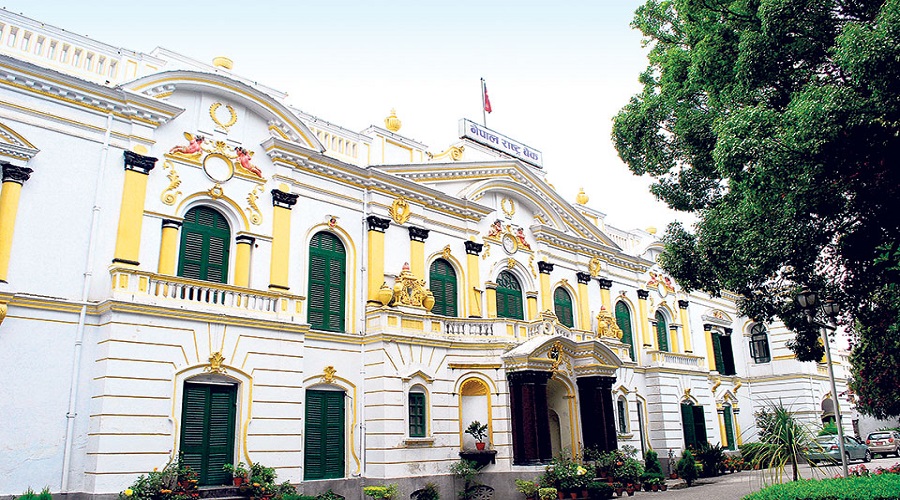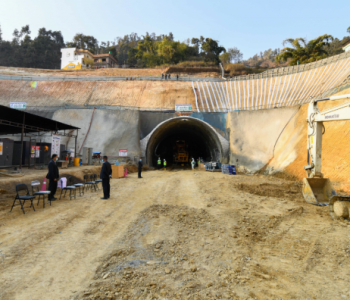Loan interest rates drop to 9.33% as deposits decline, shows central bank data

KATHMANDU: The average interest rate on loans in Nepal has dropped to 9.33% as of the end of Ashoj (mid-October), according to the latest data from Nepal Rastra Bank. This marks a further decrease from 9.52% recorded in Bhadra (mid-September). The decline is attributed to easing market conditions, with the share loan interest rate falling to 9.69%, entering single-digit territory for the first time in months.
Despite the lower rates, share loans increased by approximately NPR 6 billion during Ashoj. Meanwhile, the average interest rate on term loans stood at 9.61%, with overdraft loans recording the highest rate at 10.35%. Other lending categories showed mixed trends, with cash credit loans at 9.44%, import loans at 9.72%, working capital loans at 9.01%, and residential loans at 9.71%. Real estate loans were priced at an average of 9.84%, reflecting steady demand in the property sector.
Similarly, hire-purchase loans carried an interest rate of 9.81%, while loans to the deprived sector remained comparatively lower at 8.34%. Bills purchase loans averaged 9.23%, and miscellaneous loan products were priced at 9.33%.
The report also highlights a significant increase in loan disbursement by commercial banks, which invested NPR 57 billion during Ashoj. Among these, working capital loans accounted for the largest share, with NPR 22 billion being disbursed. Other notable disbursements included NPR 2.5 billion for term loans, NPR 3 billion for cash credit loans, NPR 3.5 billion for real estate loans, and NPR 5.5 billion for deprived sector lending. An additional NPR 1 billion was invested in other loan products.
On the deposit side, interest rates also witnessed a decline. The average deposit interest rate fell by 0.24 percentage points, from 5.48% in Bhadra to 5.24% in Ashoj. The drop reflects easing liquidity pressures in the banking system, which is expected to contribute to increased lending activity in the coming months.
The decline in both loan and deposit rates underscores ongoing efforts by Nepal’s central bank and financial institutions to stabilize the credit market and spur economic activity amid evolving economic challenges.













Facebook Comment